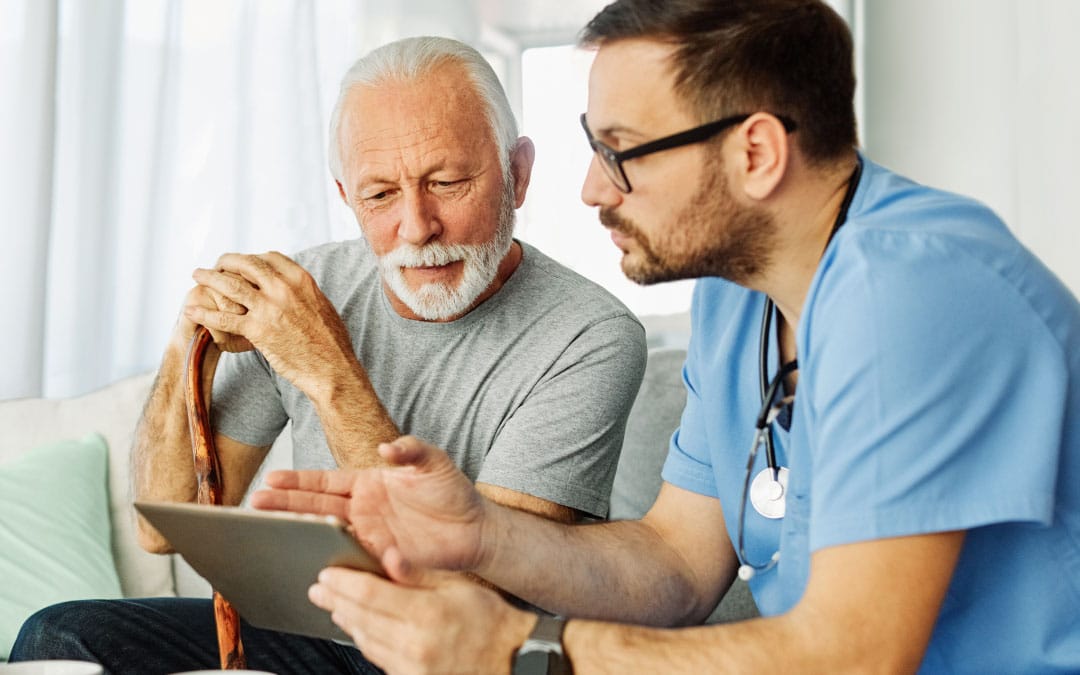Top Remote Patient Monitoring Software: Improve Health Care Efficiency
Top Remote Patient Monitoring Software: Improve Health Care Efficiency
Blog Article
The Future of Healthcare: Remote Individual Monitoring Simplified
As health care continues to progress, one area that holds immense assurance is remote client tracking. The concept of simplifying this process via technical developments is reshaping the method treatment is delivered and gotten. With a concentrate on boosting patient outcomes and simplifying health care delivery, remote surveillance is poised to change the industry. By exploring the benefits, technological innovations, and future patterns in this field, we can gain beneficial understandings right into the transformative possibility of remote client tracking.
Advantages of Remote Patient Monitoring
Remote individual monitoring provides a plethora of benefits for both medical care service providers and people alike. Additionally, remote person tracking enhances the total quality of treatment by providing an extra holistic and extensive sight of clients' wellness status beyond standard in-person gos to.
Moreover, remote client monitoring can lead to better person results and fulfillment. Remote tracking can reduce the demand for frequent medical facility gos to, lowering medical care expenses for both providers and people.
Innovation Driving Remote Monitoring
In the world of contemporary healthcare, technical developments play a pivotal duty in driving the evolution and effectiveness of remote individual monitoring. The assimilation of ingenious technologies such as wearable gadgets, mobile applications, and cloud-based platforms has actually transformed the means doctor remotely keep track of and take care of person wellness - remote patient monitoring software. These technologies make it possible for continuous real-time surveillance of vital indications, medication adherence, and various other important wellness data, permitting timely interventions and customized care strategies
One key technology driving remote monitoring is the Internet of Points (IoT), which allows seamless connectivity in between clinical devices and healthcare systems. IoT tools such as smartwatches and cordless sensors transmit and gather individual information to central platforms, assisting in remote surveillance from throughout the world. Synthetic knowledge (AI) and artificial intelligence algorithms additionally boost remote tracking by assessing large quantities of patient information to detect patterns, anticipate health and wellness fads, and alert health care providers to prospective problems.
Influence on Healthcare Shipment
With the assimilation of innovative technologies driving remote patient tracking, the impact on health care distribution is becoming transformative and increasingly extensive. Remote patient surveillance allows doctor to supply more aggressive and individualized care to patients, causing boosted health outcomes and minimized hospital admissions. By remotely tracking crucial indications, symptoms, and medication adherence, healthcare experts can step in early, protecting against problems and enhancing the total high quality of care.
Furthermore, remote surveillance enhances accessibility to health care solutions, specifically for people in rural or underserved locations. Clients can obtain continual tracking and support from their homes, removing the requirement for constant in-person sees. This not only conserves time and reduces expenses for both patients and medical care facilities however also reduces the threat of exposure to transmittable diseases, a critical consideration in the present healthcare landscape.
Furthermore, remote patient surveillance enables doctor to better designate resources and prioritize care based upon real-time data. By determining high-risk people and intervening immediately, medical care distribution comes to be much more effective and efficient, eventually resulting in a more lasting and patient-centered medical care system.
Improving Person End Results

Furthermore, RPM enables for aggressive administration of chronic problems, decreasing the likelihood of intense worsenings and healthcare facility readmissions. People take advantage of boosted benefit and comfort, as they can get treatment in their own this link homes while staying connected to their medical care suppliers. This continual monitoring not just boosts individual satisfaction but also promotes a feeling of empowerment and engagement in their very own wellness monitoring.
Future Trends in Remote Monitoring
Welcoming sophisticated technologies in remote patient surveillance is shaping the future landscape of health care distribution. The future patterns in remote monitoring visit are expected to change the way health care is offered, making it more effective and patient-centric. One substantial pattern is the raised usage of wearable gadgets and sensors to collect real-time data, enabling doctor to keep track of individuals continuously without the need for frequent in-person sees. These devices can track essential indications, medicine adherence, and task levels, supplying a comprehensive sight of the individual's health standing.

Moreover, telehealth systems are coming to be extra sophisticated, enabling digital assessments, remote diagnosis, and remote patient keeping track of done in one incorporated system (rpm software). This all natural strategy to remote surveillance is improving health care distribution, boosting client fulfillment, and inevitably, enhancing general top quality of care
Final Thought
In final thought, remote individual surveillance uses many advantages in health care distribution, driven by advancements in innovation. It has the prospective to improve individual results and change the means medical care is provided. Future fads in remote tracking will certainly proceed to shape the landscape of healthcare, giving possibilities for more individualized and check here reliable individual care.
Remote person monitoring presents a wide range of advantages for both healthcare service providers and people alike. Additionally, remote individual surveillance improves the overall quality of care by giving a more extensive and alternative view of individuals' health condition beyond traditional in-person sees.
In addition, remote patient tracking can lead to better client results and complete satisfaction. Remote client tracking allows health care service providers to supply more tailored and aggressive treatment to people, leading to boosted health results and minimized hospital admissions. Remote person monitoring (RPM) plays a substantial role in improving individual outcomes by providing continual, real-time data that enables healthcare providers to interfere without delay and change therapy strategies as needed.
Report this page